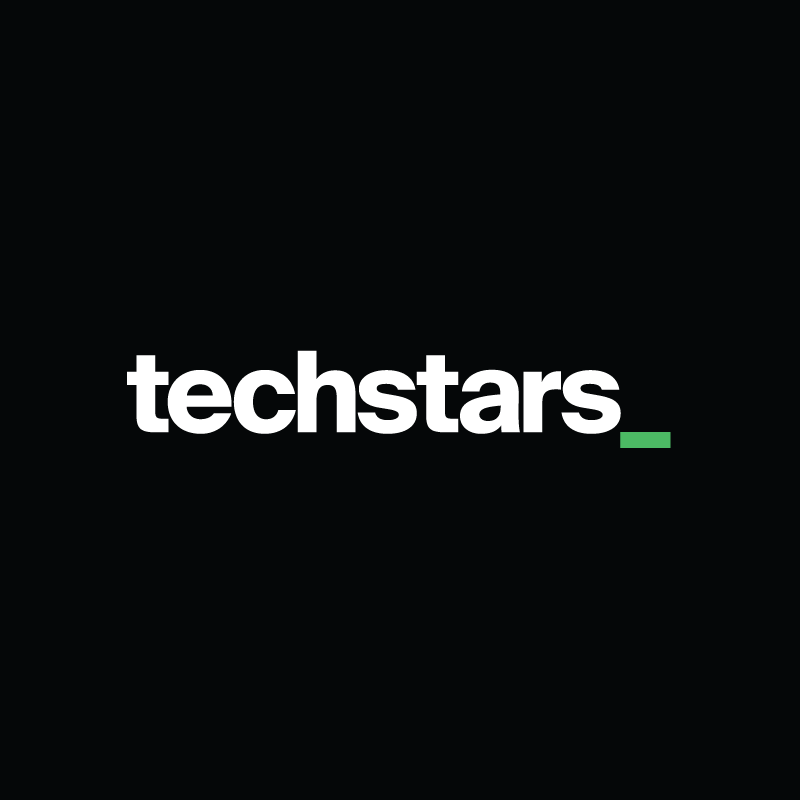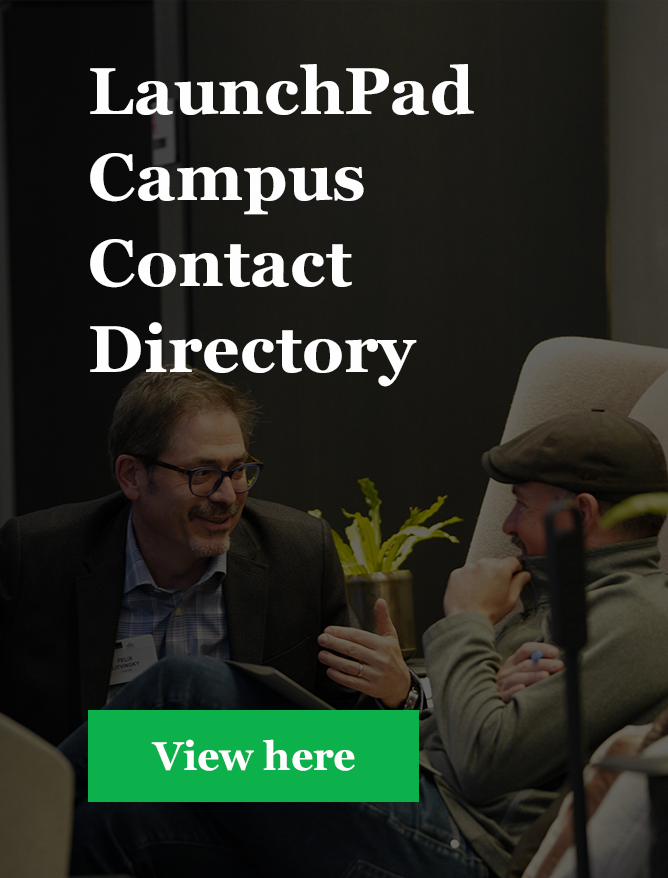Techstars Entrepreneur's Toolkit: Build Your Lean Canvas
Problems rarely have just one solution, yet student entrepreneurs too often see their solution to a problem as the only one. Lean Canvas can help open this narrow way of thinking. Using Lean Canvas, entrepreneurs dig into the problem, customer, and unique value proposition before identifying the solution—or solutions—that work best.
There are cases where Lean Canvas doesn’t make sense. Zach Nies is Managing Director of Techstars Sustainability Accelerator. Zach identifies a kind of company he calls a “spreadsheet business”—one with predictable demand, repeatable inputs/outputs, existing data points, etc. For businesses like these, a traditional business plan may be best.
However, for students with high tech, dynamic, and disruptive business ideas, Lean Canvas can help derisk the process and move them to the next level of detail, through a comparatively light weight methodology.
 With the template in hand, your students may want to jump in without guidance. However, Lean Canvas works through a cascade of answers (and evidence) between subsequent boxes. It works when these are filled out in the right order, and that means your instruction is imperative.
With the template in hand, your students may want to jump in without guidance. However, Lean Canvas works through a cascade of answers (and evidence) between subsequent boxes. It works when these are filled out in the right order, and that means your instruction is imperative.
The Techstars recommended Lean Canvas process is as follows:
- Problem: What problem are the potential customers experiencing? What situation is this market aspiring to make better? (Note: The question is not, “What problem does your student’s product or service solve?”)
- Customer: Who are the potential customers experiencing the problem your student has identified? This group often has a common language describing the problem. Recognizing this can be helpful to your students in terms of taking their product or service to market. You should also help the student identify the early adopters in the market.
- Unique Value Proposition: Develop the “high level concept” headline version of what you’re doing. (Think of this as an even more abbreviated version of the elevator pitch!)
Note: Any time your students learn or recognize anything new about any of these first three areas, encourage them to go back and reexamine them all. - Solution: Finally, and only after comprehensively thinking through the first three sections, should you help your students consider what product or service they are going to develop that will address the problem, for a specific customer group, and ultimately make that problem go away.
- Channels: This section will help a student think through how they plan on getting their product or service to market. Figuring out the channel might involve both growing awareness (eyes) and educating (brains) about both the problem and solution.
"Until you figure out how to get someone's wallet out, you do not have a business. You have a hobby." - Zach Niles
- Cost Structure:The Lean Canvas model is unique in how late in the process your students will focus on these sections. In a normal business plan, they are two of the first things you consider. Lean Canvas is most appropriate then for high tech and disruptive businesses where the math around profit and loss is not the biggest risk. Encouraging students to think about this in terms of an equation can be less intimidating. (Ex: # of monthly users x $ of monthly subscription = Revenue)
- Revenue:Students who want to start complex businesses with many possible revenue streams should build this out based on the most important. Part 3 of this module goes into a more detailed example including how acquisition, churn, etc. are incorporated into this type of business equation.
-
Key Metrics: In this section, you’ll help your student think through what he or she should pay attention to in order to know if the business is working. This is both challenging, and critically important, for student businesses that are pre-revenue. For these businesses, key metrics likely focus more on product development and customer discovery.
- Unfair Advantage:Perhaps the most challenging segment of the Lean Canvas focuses on what your student has that no one else offers or can copy. If a student feels they do not offer anything unique, encourage them to consider their own experiences, talent, education, and their team’s special combination of those elements.
 Further campus leader reading: Reorder your Chain of Beliefs with a leaner Lean Canvas.
Further campus leader reading: Reorder your Chain of Beliefs with a leaner Lean Canvas.






